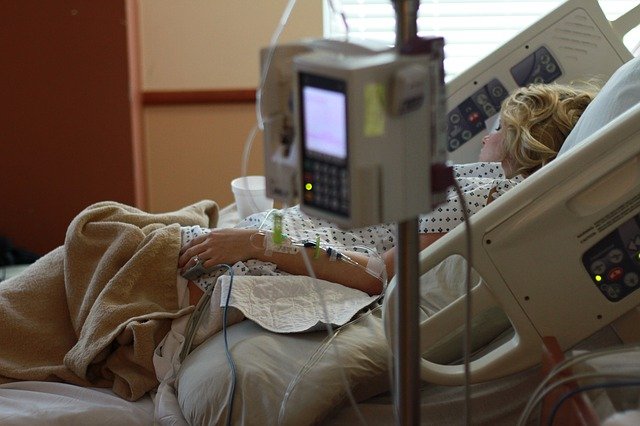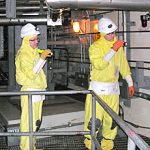Last Updated on December 21, 2022 by
Recovery after a stroke is a complicated process. As a result, education is an essential first step toward healing and rehabilitation. This article will assist you in better understanding what to do after a stroke to aid your rehabilitation.
1. Consider Spasticity Differently
If you are new to stroke rehabilitation, you must educate yourself on all the possible physical repercussions, such as spasticity.
Spasticity is characterized by rigid, tight muscles caused by miscommunication from the brain. After brain damage, such as a stroke, the brain may no longer be able to deliver the correct signals to the muscles. Your muscles become tense due to your brain’s inability to signal them to relax when they should.
You realize that the issue is not with your muscles, but your head may be beneficial. Moreover, by activating neuroplasticity, you can decrease spasticity and restore muscular mobility.
As you train your afflicted muscles, you stimulate the brain to reorganize itself, reducing spasticity’s severity. However, this is only achievable via persistent exercise since the brain requires a repeated stimulus to rewire itself.
2. Inpatient Rehabilitation
Inpatient therapy is superior to all other treatment alternatives. One of the reasons stroke patients may recover better during the first three months is the effectiveness and intensity of inpatient treatment.
If you or a loved one can actively engage in inpatient treatment, make every effort to seek it. It will communicate your desire to take responsibility for your recovery process. It might affect rehabilitation and quality of life in the future.
3. Continue to Perform Exercises
If you or a loved one has suffered a stroke, you or they may have undergone recovery exercises from a physical therapist or another health expert. These activities are crucial for rehabilitation, mainly if many of the stroke’s consequences are physical.
It is usual for stroke survivors to have one side of their body with weaker muscles. Stroke exercises help strengthen damaged muscles, retrain the brain, and teach it new ways to move, allowing people to complete routine chores independently or with little assistance.
Your workout plan is unique to you and your stroke side effects. The more your adherence to your specified workouts, the greater your results will be.
4. Modify the Dwelling to Aid in Preventing Falls
Ask a physical or occupational therapist to do a home assessment following a stroke; this is also a vital step. They may give suggestions for house modifications to guarantee your health and safety.
Your therapist may propose building grab bars and handrails, putting non-slip mats in the shower, and prescribing practical core and balance exercises to avoid falls.
5. Stay Optimistic
It is easy to become disheartened if your stroke recovery progress is slow. However, it is essential to stay optimistic. Focus on modest victories. You may not have been able to put on a sock two weeks ago, but now you can! Even if you haven’t reached your ultimate objective of walking independently, this is still a remarkable accomplishment.
You may also observe more improvement in your rehabilitation in the first three to six months following a stroke. This period may be very inspiring due to the constant occurrence of the change. However, following this period, you may not make as much progress, known as the plateau of stroke recovery. However, it would be best if you continued to pursue your objectives since more recovery is conceivable.
You may find motivation by joining a support group with other stroke survivors. Perhaps you devise an incentive scheme to keep you motivated. Or surround oneself with supportive friends and family members. As your brain and body heal from a stroke’s secondary effects, you may accelerate your recovery by concentrating on a good diet.
Whole foods, such as vegetables, nuts, and whole grains, are among the most beneficial for stroke rehabilitation. It may also be beneficial to minimize saturated fat and sugar consumption since these substances inhibit “neuronal and behavioral plasticity.”
In addition, ensure that your food is vitamin-rich for stroke recovery. Before taking new vitamins or supplements, visit your doctor if you do not obtain enough vitamins from your diet.
Conclusion
A stroke happens when a portion of the brain is deprived of oxygen due to a blockage or a hemorrhage. The repercussions of a stroke vary on the region of the brain that was damaged. Neuroplasticity enables the brain to recover after a stroke. Using what is known about neuroplasticity, therapists construct rehabilitation programs to restore the patient to normal.
Apart from this if you are interested to know more about Stories More Attention-Grabbing then visit our Education category.


























